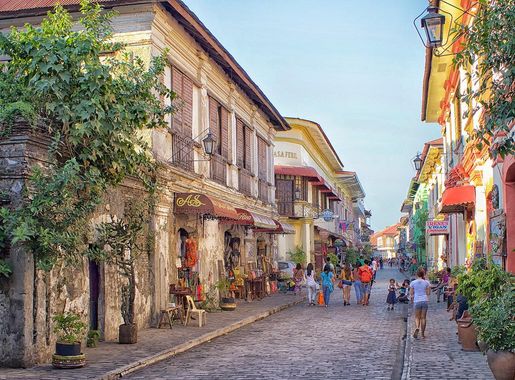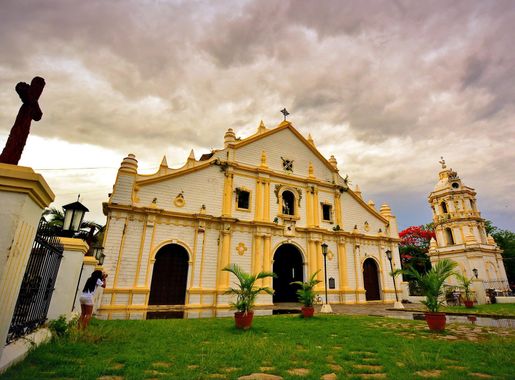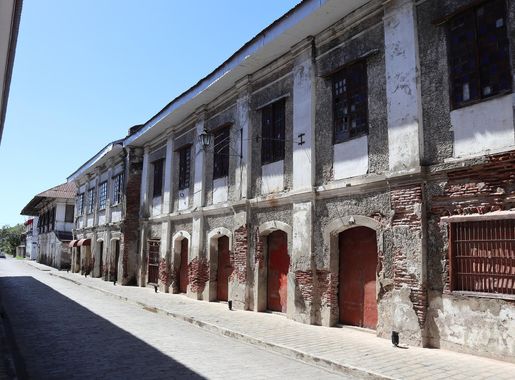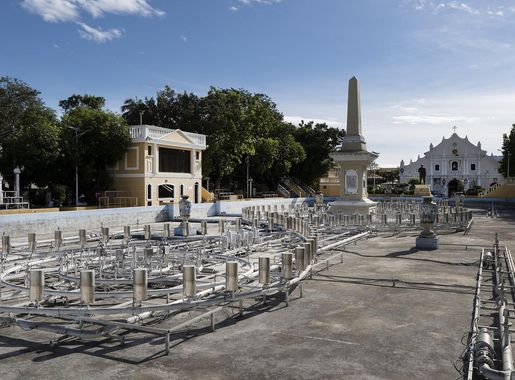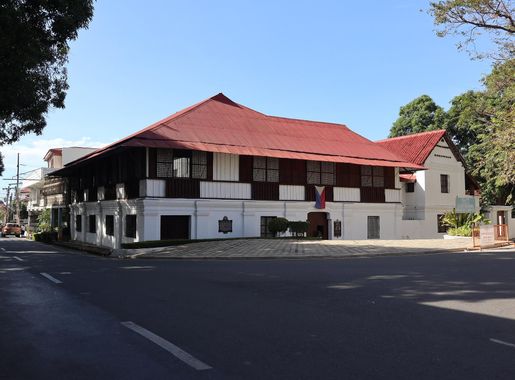
Charming Vigan: A Glimpse into Spanish Colonial Heritage
Explore Vigan City: A UNESCO World Heritage gem in Ilocos Norte, where Spanish colonial history and Filipino culture beautifully converge.
Vigan City, located in Ilocos Norte, Philippines, is a UNESCO World Heritage Site that offers a captivating blend of history and culture. Renowned for its well-preserved Spanish colonial architecture, the city transports visitors back in time with its cobblestone streets, ancestral homes, and antique shops. Walking through Calle Crisologo, the most famous street in Vigan, you'll find yourself surrounded by beautifully restored buildings that house quaint cafes, boutique hotels, and souvenir shops. The synergy of Filipino and Spanish influences is evident not only in the architecture but also in the local cuisine. Don't miss trying Vigan's famous empanadas, longganisa (local sausage), and the unique Vigan vinegar. The city is also known for its artisanal crafts, such as the intricate Abel Iloco weaving and pottery from the Pagburnayan jar factories, where you can even try your hand at making your own clay pot. Vigan's cultural richness is celebrated through various festivals, such as the Vigan City Fiesta in January and the Viva Vigan Binatbatan Festival of the Arts in May. These events are vibrant displays of traditional music, dance, and crafts, offering a deeper insight into the local way of life. Whether you're a history buff, a foodie, or simply someone looking to experience the charm of a bygone era, Vigan City promises a memorable journey through time.
Local tips in Vigan City
- Visit Calle Crisologo early in the morning to avoid crowds and capture stunning photos of the heritage street.
- Try the local delicacies like Vigan empanada and longganisa at the city's public market for an authentic culinary experience.
- Take a kalesa (horse-drawn carriage) ride for a unique tour around the historic sites of Vigan.
- Drop by the Pagburnayan jar factories to see traditional pottery-making in action and create your own clay pot.
- Attend the Viva Vigan Binatbatan Festival of the Arts in May to experience local culture through music, dance, and crafts.
Charming Vigan: A Glimpse into Spanish Colonial Heritage
Vigan City, located in Ilocos Norte, Philippines, is a UNESCO World Heritage Site that offers a captivating blend of history and culture. Renowned for its well-preserved Spanish colonial architecture, the city transports visitors back in time with its cobblestone streets, ancestral homes, and antique shops. Walking through Calle Crisologo, the most famous street in Vigan, you'll find yourself surrounded by beautifully restored buildings that house quaint cafes, boutique hotels, and souvenir shops. The synergy of Filipino and Spanish influences is evident not only in the architecture but also in the local cuisine. Don't miss trying Vigan's famous empanadas, longganisa (local sausage), and the unique Vigan vinegar. The city is also known for its artisanal crafts, such as the intricate Abel Iloco weaving and pottery from the Pagburnayan jar factories, where you can even try your hand at making your own clay pot. Vigan's cultural richness is celebrated through various festivals, such as the Vigan City Fiesta in January and the Viva Vigan Binatbatan Festival of the Arts in May. These events are vibrant displays of traditional music, dance, and crafts, offering a deeper insight into the local way of life. Whether you're a history buff, a foodie, or simply someone looking to experience the charm of a bygone era, Vigan City promises a memorable journey through time.
Iconic landmarks you can’t miss
Calle Crisologo
Explore Calle Crisologo, a UNESCO World Heritage Site in Vigan City, where Spanish colonial charm meets vibrant local culture and history.
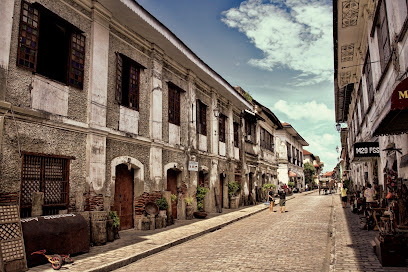
Plaza Salcedo (Luneta Park Musical Dancing Fountain)
Experience the magic of Plaza Salcedo, where history, culture, and entertainment converge in a stunning musical fountain display.
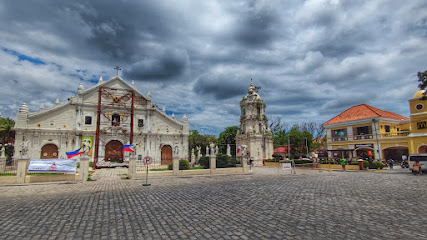
Plaza Burgos
Explore the lush greenery and rich history of Plaza Burgos, a serene park in the heart of Vigan City, surrounded by colonial architecture and vibrant local culture.

Vigan Heritage Site
Explore Vigan Heritage Site, a UNESCO World Heritage Site, and immerse yourself in the rich history and vibrant culture of the Philippines.
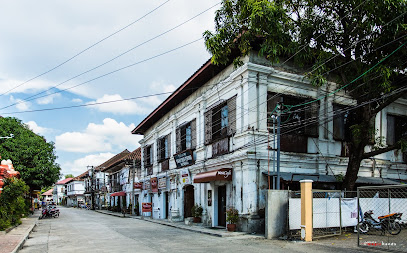
Vigan City
Immerse yourself in the rich heritage of Vigan City, a UNESCO World Heritage Site with stunning colonial architecture and vibrant local culture.
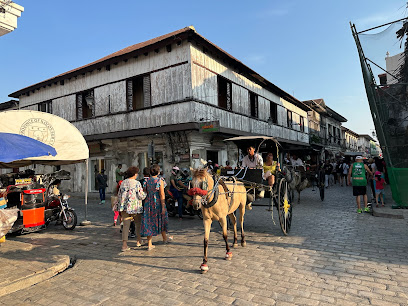
Vigan Conservation Complex
Discover Vigan's cultural richness at the Vigan Conservation Complex, a UNESCO World Heritage Site showcasing stunning colonial architecture and history.
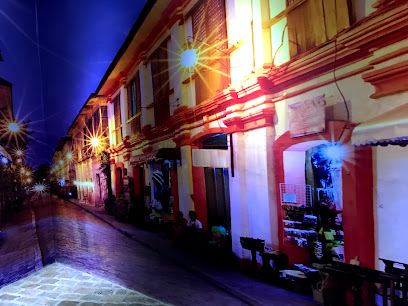
VIGAN WELCOME ARC
Discover Vigan Welcome Arc, an iconic historical landmark that opens the door to the rich heritage and charm of Vigan City in the Philippines.
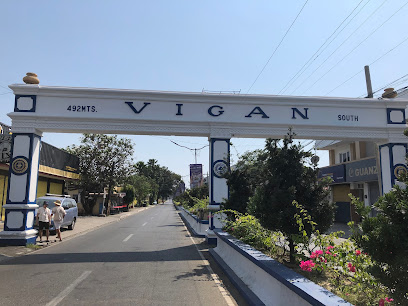
Gregoria M. Rivera Memorial Library Historical Marker
Discover the educational legacy of Gregoria M. Rivera at this historical marker in Vigan City, a UNESCO World Heritage Site rich in culture and history.
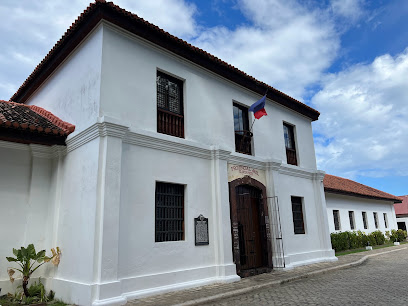
Leona Florentino Monument
Explore the Leona Florentino Monument in Vigan City, a tribute to the first female Filipino poet and a testament to rich cultural heritage.
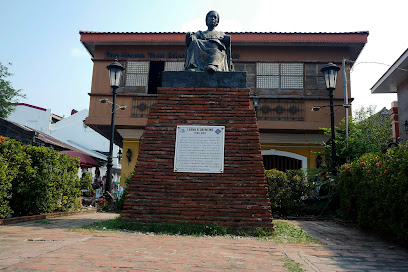
UNESCO Heritage Marker
Explore the UNESCO Heritage Marker in Vigan City, a historical landmark showcasing the unique blend of colonial architecture and rich cultural heritage.
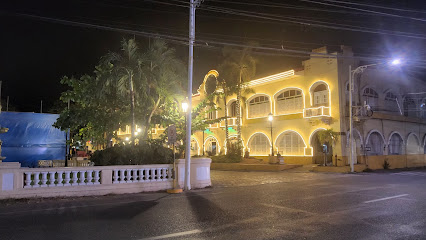
Unmissable attractions to see
Baluarte Resort and Mini Zoo
Discover the charm of Baluarte Resort and Mini Zoo, a family-friendly attraction in Vigan City, perfect for wildlife enthusiasts and nature lovers.

Calle Crisologo
Explore Calle Crisologo, a UNESCO World Heritage Site in Vigan City, where history, culture, and local delicacies come alive amid stunning colonial architecture.
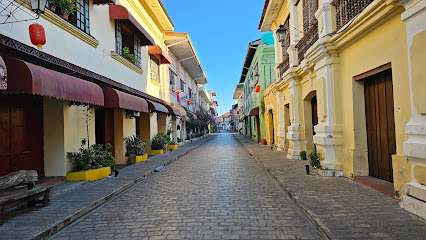
Plaza Salcedo (Luneta Park Musical Dancing Fountain)
Explore the captivating Plaza Salcedo in Vigan City, where history, culture, and enchanting musical fountain shows come together for an unforgettable experience.
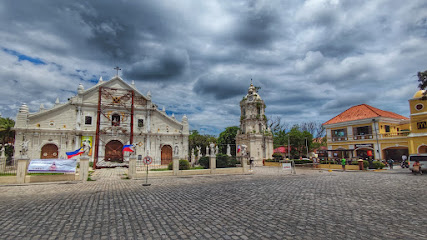
Plaza Burgos
Discover the charm of Plaza Burgos in Vigan City, a scenic park infused with history, culture, and vibrant local life.
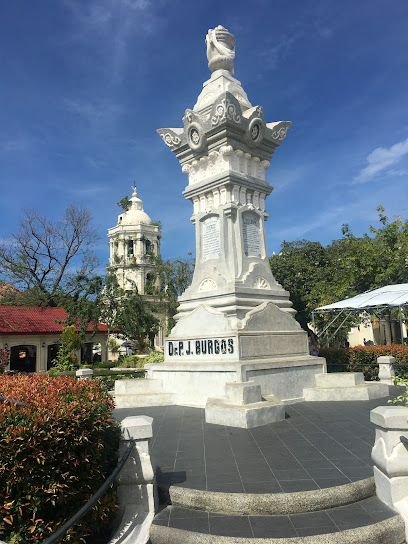
Crisologo Museum
Immerse yourself in the rich cultural heritage of Ilocos Sur at the Crisologo Museum in Vigan City, a historical gem showcasing ancestral treasures.
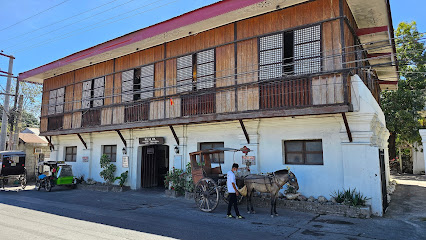
Padre Burgos House
Immerse yourself in the rich history of the Philippines at the Padre Burgos House, a captivating museum in Vigan City showcasing cultural heritage.
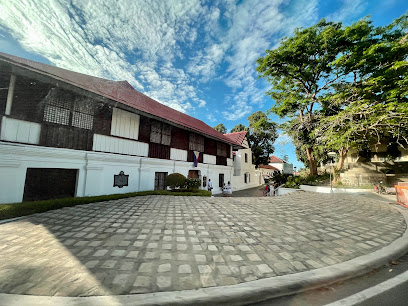
Vigan Conservation Complex
Discover the rich cultural heritage of Vigan City at the Vigan Conservation Complex, a UNESCO World Heritage site featuring preserved colonial architecture and engaging exhibits.
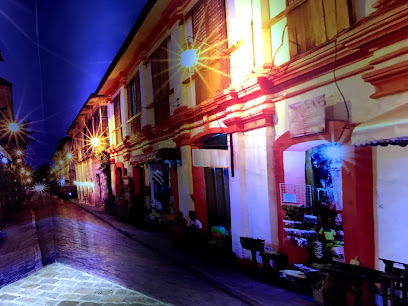
Vigan Fil-Hispanic Park
Explore Vigan Fil-Hispanic Park, a serene retreat showcasing the rich cultural heritage and stunning landscapes of Vigan City, Ilocos Sur.
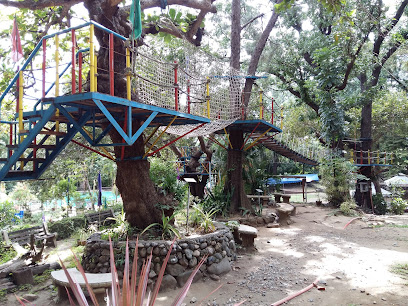
Arce Mansion
Experience Vigan's rich heritage at Arce Mansion, a historical museum showcasing stunning architecture and compelling stories of the past.
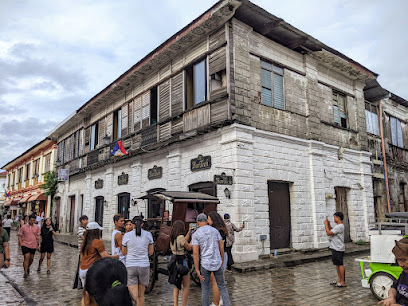
Baluarte
Discover the enchanting Baluarte in Vigan City, where wildlife and culture intertwine in a breathtaking natural setting.

Essential places to dine
Hidden Garden
Experience authentic Filipino cuisine in a serene garden setting at Hidden Garden in Vigan City, where nature meets tradition.
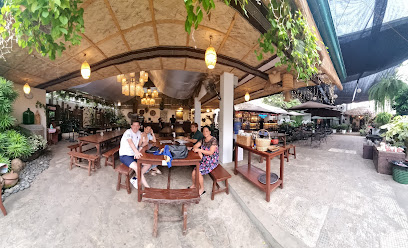
Cafe Leona
Discover authentic Ilocano cuisine at Cafe Leona in Vigan City—where tradition meets flavor in a cozy setting.
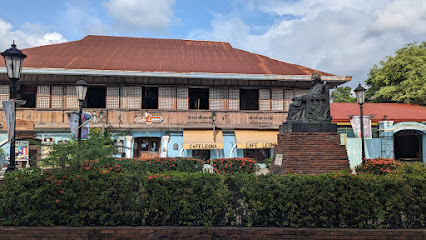
Casa Jardin Empanada & Okoy
Discover authentic Filipino flavors at Casa Jardin Empanada & Okoy in Vigan City - where every bite tells a story.
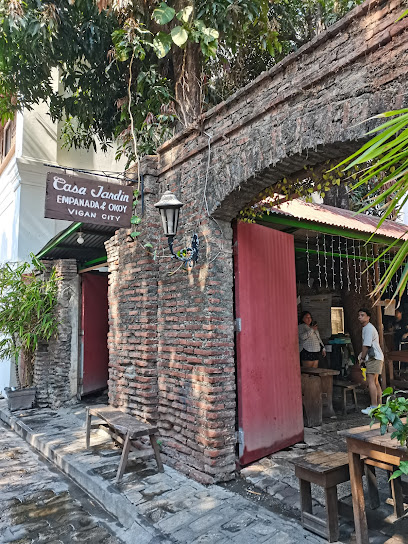
Six Bros. Bar and Grill
Experience authentic flavors at Six Bros. Bar and Grill in Vigan City – where local ingredients meet global tastes in a warm setting.
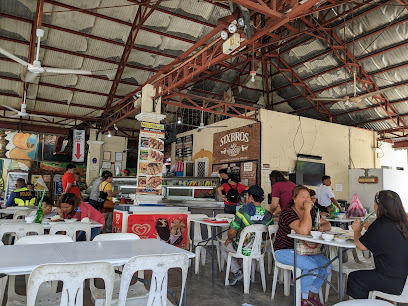
BarTech
Discover culinary excellence at BarTech in Vigan City—where tradition meets innovation in every dish.
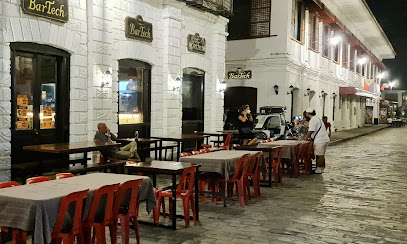
Gaizel’s Carinderia
Experience authentic Filipino flavors at Gaizel's Carinderia in Vigan City, where tradition meets taste in every dish.
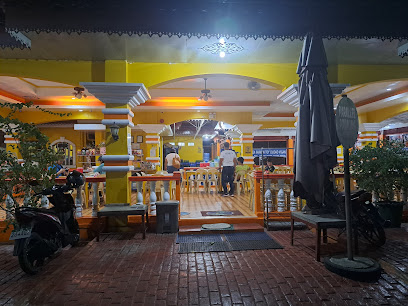
Cantina Mercante
Experience the perfect blend of traditional Filipino cuisine and modern flavors at Cantina Mercante in Vigan City.
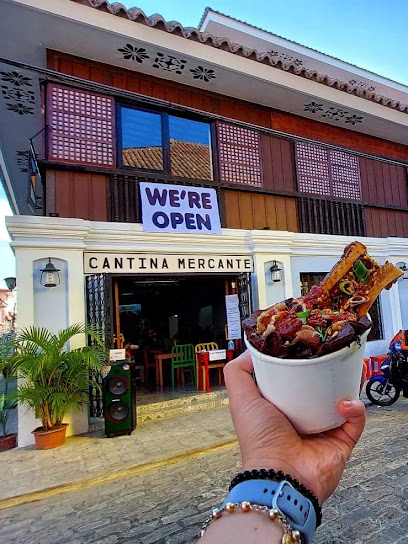
Casa Vicente Restaurant
Experience authentic Filipino flavors at Casa Vicente Restaurant in Vigan City - a culinary treasure blending history and delicious cuisine.
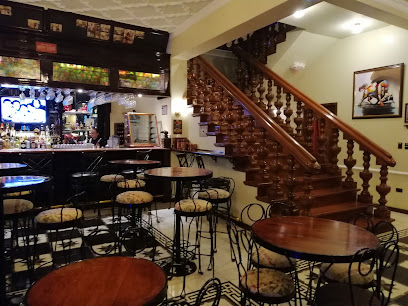
Junofel Diner's Place
Experience authentic Ilocano flavors at Junofel Diner's Place in Vigan City - where tradition meets taste.
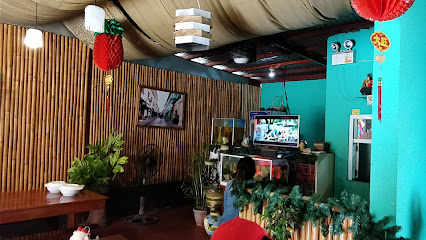
The Bugis Bistro
Experience exquisite dining at The Bugis Bistro in Vigan City, where local flavors meet international cuisine amidst a cozy ambiance.
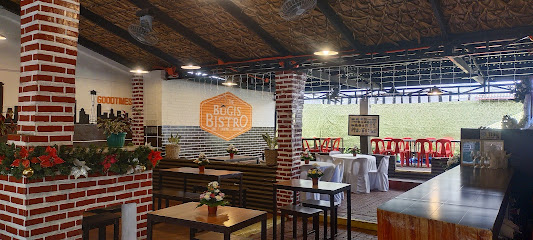
Markets, malls and hidden boutiques
Mart One Vigan
Explore Mart One Vigan, where modern shopping meets the rich heritage of Vigan City, offering unique local treasures and unforgettable souvenirs.
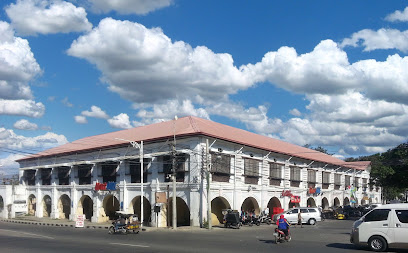
Princess Hanna - Souvenir shop
Explore the charm of Vigan City at Princess Hanna Souvenir Shop, where local crafts and authentic souvenirs come together to create memorable shopping experiences.
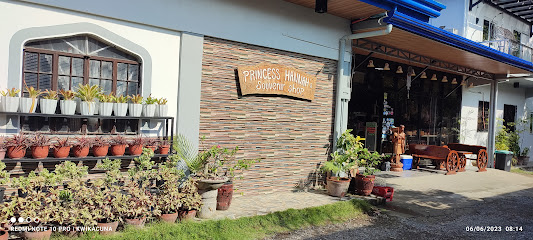
Island Souvenirs
Explore Island Souvenirs in Vigan City for handcrafted treasures that embody the rich culture and artistry of the Philippines.
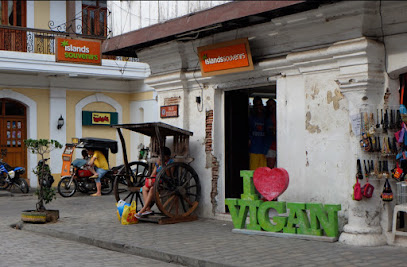
Penshoppe
Explore Penshoppe in Vigan City for trendy clothing and unique accessories that blend modern styles with Filipino culture.
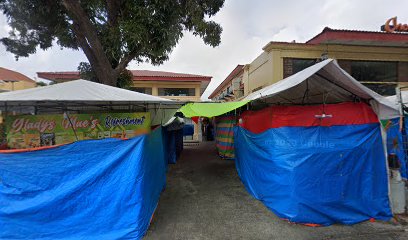
Tienda Verda Souvenir Shop
Explore the rich cultural heritage of the Philippines at Tienda Verda Souvenir Shop, your go-to destination for unique local handicrafts and souvenirs.
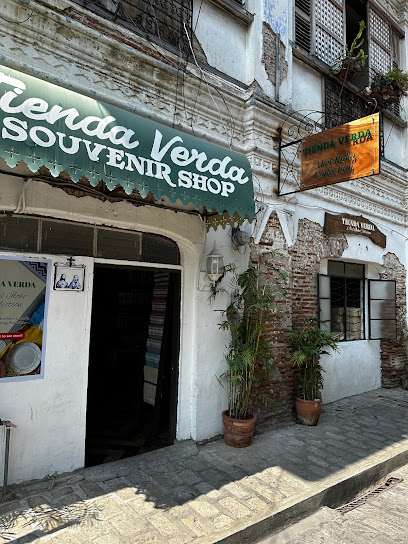
Lucy's Antique Shop
Explore Lucy's Antique Shop in Vigan City for unique treasures that showcase the rich culture and history of the Philippines.
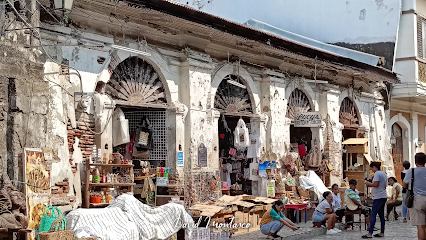
FIT ME Specialty Shop
Explore FIT ME Specialty Shop in Vigan City for exquisite handmade crafts and authentic Ilocano artistry that reflect the rich heritage of the Philippines.
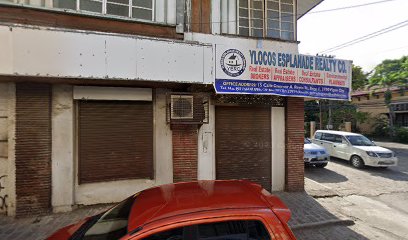
Lash Up Souvenir Shop
Explore authentic local crafts and treasures at Lash Up Souvenir Shop in the heart of historic Vigan City, a true gem for souvenir shopping.
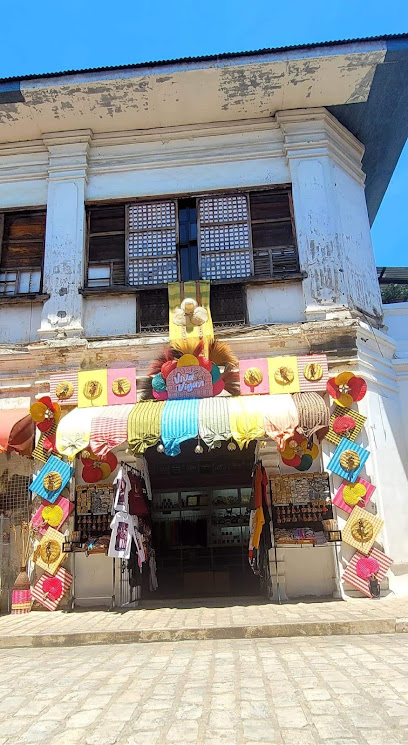
Fashion Bug Boutique
Shop trendy apparel and unique accessories at Fashion Bug Boutique, showcasing local craftsmanship in the heart of Vigan City, Ilocos Sur.

Handicrafts
Explore the vibrant Handicrafts market in Vigan City, a showcase of traditional craftsmanship and local culture, perfect for unique souvenirs.
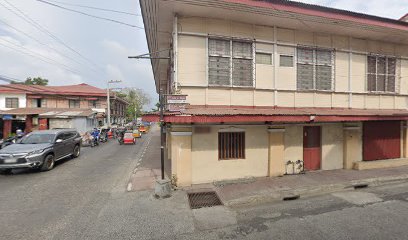
Essential bars & hidden hideouts
Six Bros. Bar and Grill
Discover the vibrant flavors of Ilocos Sur at Six Bros. Bar and Grill, where delicious food meets a welcoming atmosphere.
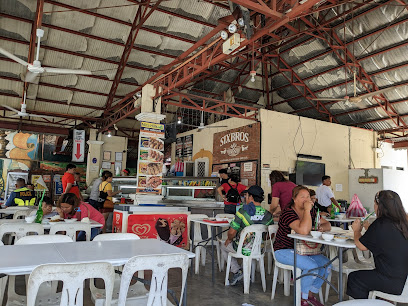
BarTech
Immerse yourself in Vigan's vibrant nightlife at BarTech, where local cuisine meets modern flair in a lively setting.
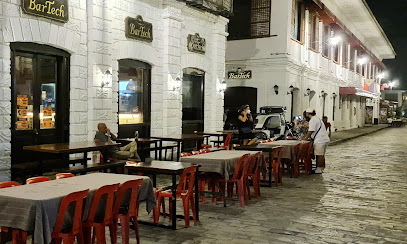
8.88 Restaurant & KTV Bar
Enjoy delicious local cuisine and vibrant karaoke at Vigan City's 8.88 Restaurant & KTV Bar, a must-visit for social dining and entertainment.
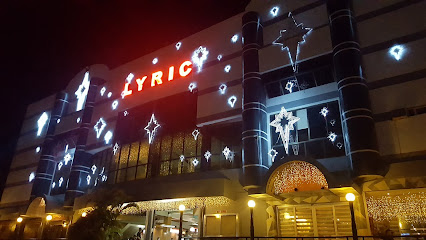
Lyric Bar
Discover the lively nightlife at Lyric Bar in Vigan City, where vibrant cocktails and a friendly atmosphere await every visitor.
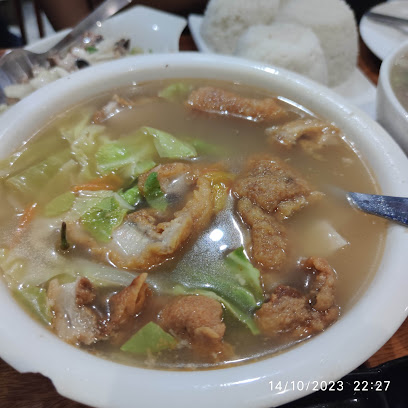
Trelli's Resto Bar
Experience the charm of Vigan City at Trelli's Resto Bar, where delightful local and international dishes await you in a cozy atmosphere.
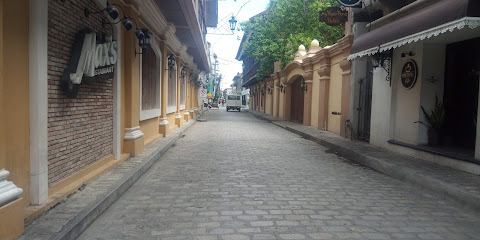
Heritage Sky Bar
Experience the flavors of Vigan City at the Heritage Sky Bar, where breathtaking views meet unique local cocktails.
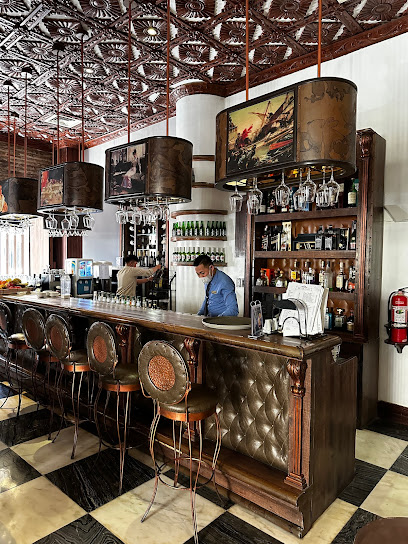
The Hungry Bar Vigan
Experience the delightful flavors of Vigan at The Hungry Bar, a fast food restaurant offering a delicious blend of local and international dishes.
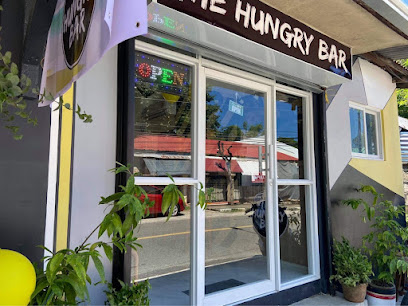
Celedonio Bar and Grill
Discover the authentic flavors of Filipino cuisine at Celedonio Bar and Grill in Vigan City, where every meal is a celebration of local culinary traditions.

Smokes Bar & Grill
Experience the vibrant flavors of Vigan City at Smokes Bar & Grill, where local cuisine meets a lively atmosphere.
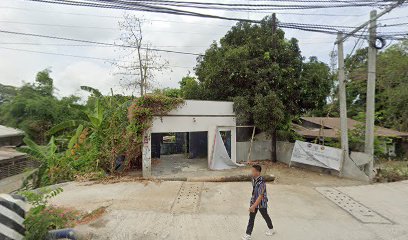
Lak’s Bar + Resto
Discover the vibrant atmosphere and local flavors at Lak’s Bar + Resto in Vigan City, a perfect spot for relaxation and entertainment.
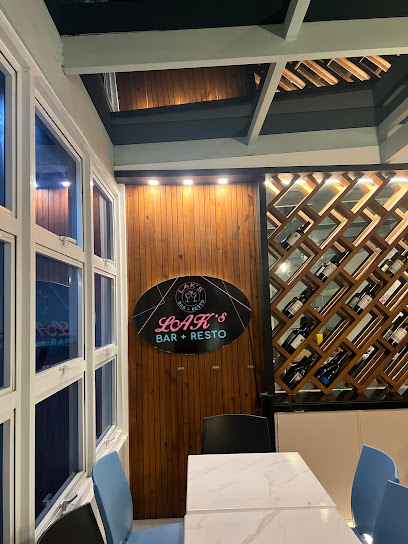
Local Phrases
-
- HelloKamusta
[ka-mu-sta] - GoodbyePaalam
[pa-a-lam] - YesOo
[o-o] - NoHindi
[hin-di] - Please/You're welcomeMangyari/ Walang anuman
[man-gya-ri/ wa-lang a-nu-man] - Thank youSalamat
[sa-la-mat] - Excuse me/SorryPasensya/Sorry
[pa-sen-sya/so-ry] - How are you?Kumusta ka?
[ku-mu-sta ka] - Fine. And you?Mabuti. Ikaw?
[ma-bu-ti. i-kaw] - Do you speak English?Nagsasalita ka ba ng Ingles?
[nag-sa-sa-li-ta ka ba ng ing-gles] - I don't understandHindi ko maintindihan
[hin-di ko main-tin-di-han]
- HelloKamusta
-
- I'd like to see the menu, pleaseGusto ko sanang makita ang menu, pakiusap
[gus-to ko sa-nang ma-ki-ta ang me-nu, pa-ki-u-sap] - I don't eat meatHindi ako kumakain ng karne
[hin-di a-ko ku-ma-ka-in ng kar-ne] - Cheers!Tagay!
[ta-gay] - I would like to pay, pleaseGusto ko sanang magbayad, pakiusap
[gus-to ko sa-nang mag-ba-ya-ad, pa-ki-u-sap]
- I'd like to see the menu, pleaseGusto ko sanang makita ang menu, pakiusap
-
- Help!Tulong!
[tu-long] - Go away!Lumayo ka!
[lu-ma-yo ka] - Call the Police!Tumawag sa Pulis!
[tu-ma-wag sa pu-lis] - Call a doctor!Tumawag ng doktor!
[tu-ma-wag ng dok-tor] - I'm lostNawawala ako
[na-wa-wa-la a-ko] - I'm illMay sakit ako
[may sa-kit a-ko]
- Help!Tulong!
-
- I'd like to buy...Gusto ko bumili ng...
[gus-to ko bu-mi-li ng] - I'm just lookingNagmamasid lang ako
[nag-ma-ma-sid lang a-ko] - How much is it?Magkano ito?
[mag-ka-no i-to] - That's too expensiveMasyadong mahal
[ma-sya-dong ma-hal] - Can you lower the price?Pwede mo bang ibaba ang presyo?
[pu-we-de mo bang i-ba-ba ang pre-syo]
- I'd like to buy...Gusto ko bumili ng...
-
- What time is it?Anong oras na?
[a-nong o-ras na] - It's one o'clockAlas-uno na
[a-las-u-no na] - Half past (10)Kalahating (sampu)
[ka-la-ha-ting (sam-pu)] - MorningUmaga
[u-ma-ga] - AfternoonHapon
[ha-pon] - EveningGabi
[ga-bi] - YesterdayKahapon
[ka-ha-pon] - TodayNgayon
[nga-yon] - TomorrowBukas
[bu-kas] - 1Isa
[i-sa] - 2Dalawa
[da-la-wa] - 3Tatlo
[tat-lo] - 4Apat
[a-pat] - 5Lima
[li-ma] - 6Anim
[a-nim] - 7Pito
[pi-to] - 8Walo
[wa-lo] - 9Siyam
[si-yam] - 10Sampu
[sam-pu]
- What time is it?Anong oras na?
-
- Where's a/the...?Nasaan ang...?
[na-sa-an ang] - What's the address?Ano ang address?
[a-no ang a-dres] - Can you show me (on the map)?Pwede mo ba akong ipakita (sa mapa)?
[pu-we-de mo ba a-kong i-pa-ki-ta sa ma-pa] - When's the next (bus)?Kailan ang susunod na (bus)?
[ka-i-lan ang su-su-nod na bus] - A ticket (to ....)Isang tiket (papuntang ....)
[i-sang ti-ket pa-pun-tang]
- Where's a/the...?Nasaan ang...?
History of Vigan City
-
Vigan City was officially founded in 1572 by Spanish explorer Juan de Salcedo. It became an important Spanish colonial settlement due to its strategic location along the western coast of Luzon. The city was designated as the capital of the Ilocos region, serving as a center for trade and culture. The influence of Spanish architecture is evident in the well-preserved buildings of Vigan, which reflect the fusion of indigenous and colonial styles.
-
During the 18th and 19th centuries, Vigan flourished as a commercial hub, thriving on the trade of local products such as tobacco, textiles, and handicrafts. The Galleon Trade also contributed to the city's economic growth, facilitating cultural exchanges with Mexico and other parts of the world. This period saw the construction of numerous grand houses and public buildings, many of which are now UNESCO World Heritage Sites.
-
Vigan played a significant role during the Philippine Revolution against Spanish colonial rule in the late 19th century. In 1896, local revolutionary leaders organized uprisings, and the city became a center of revolutionary activity. The spirit of nationalism and the desire for independence were palpable in Vigan, contributing to the larger movement across the Philippines.
-
Following the Spanish-American War in 1898, Vigan, like the rest of the Philippines, came under American control. The American colonial government introduced new educational systems and infrastructure development. Vigan's economy diversified, and the city began to modernize while still retaining its colonial charm.
-
During World War II, Vigan was occupied by Japanese forces, leading to significant hardships for its residents. After the war, the city underwent reconstruction. The post-war period saw a revival of local crafts and industries, as well as a renewed focus on preserving Vigan's rich cultural heritage.
-
In 1999, Vigan was inscribed as a UNESCO World Heritage Site due to its well-preserved Spanish colonial town center, recognized for its unique architectural heritage. This designation has increased tourism and has led to efforts in conservation and cultural preservation, ensuring that Vigan's historical significance is maintained for future generations.
Vigan City Essentials
-
Vigan City is accessible from various locations in Ilocos Norte. The nearest airport is Laoag International Airport, about 84 kilometers away. From Laoag, you can take a bus to Vigan, with travel times averaging 1.5 to 2 hours. Alternatively, buses from nearby towns like Paoay or Batac regularly head to Vigan. If you are coming from Manila, there are several bus companies offering direct services to Vigan, taking approximately 8 to 10 hours.
-
Vigan City is best explored on foot due to its compact size and well-preserved streets. Tricycles are a popular mode of transport for longer distances within the city, and they are readily available. Bicycles can also be rented, allowing travelers to enjoy the sights at a leisurely pace. For trips outside the city, local jeepneys and buses connect Vigan to nearby attractions.
-
Vigan City is generally safe for tourists, but standard precautions should still be taken. Avoid walking alone late at night, especially in less crowded areas. While serious crime is rare, petty theft can occur in tourist-heavy areas. Be cautious around the Plaza Salcedo and Calle Crisologo, where pickpockets may operate. Always keep an eye on your belongings.
-
In case of emergencies, dial 911 for assistance. Local police and medical facilities are available in Vigan. It is advisable to have travel insurance that includes medical coverage. For minor ailments, pharmacies are accessible throughout the city. For urgent medical situations, the Vigan Medical Center is the primary hospital.
-
Fashion: Do wear comfortable shoes for walking, and dress modestly when visiting religious sites. Don't wear overly revealing clothing. Religion: Do respect local customs; when entering churches, cover your shoulders and knees. Public Transport: Do give your seat to the elderly and children. Don't eat or drink on public transport. Greetings: Do greet locals with a smile and a handshake. Don't assume familiarity; use titles and surnames until invited to use first names. Eating & Drinking: Do try local specialties like empanada and longganisa. Don't refuse food or drink offered by locals, as it may be considered rude.
-
To experience Vigan like a local, visit the vibrant Calle Crisologo in the early morning when vendors set up their stalls. Engage with local artisans and ask about their crafts, such as pottery and weaving. Don't miss the chance to try street food along the way. Participate in local festivals if your visit coincides with one, as they offer insights into the culture and traditions of the Ilocano people.
Nearby Cities to Vigan City
-
Things To Do in Ilocos Norte
-
Things To Do in Sagada
-
Things To Do in Baguio
-
Things To Do in Angeles City
-
Things To Do in Subic
-
Things To Do in Manila
-
Things To Do in Batanes
-
Things To Do in Tagaytay
-
Things To Do in Legazpi
-
Things To Do in Boracay
-
Things To Do in Puerto Princesa
-
Things To Do in Cebu City
-
Things To Do in Palawan
-
Things To Do in Bohol
-
Things To Do in Camiguin

